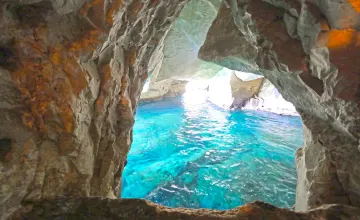Sea of Galilee Boat Ancient fishing boat from the 1st century AD
Galilee travel guideOn the north-west shore of the Sea of Galilee in Israel, an ancient fishing boat known as the Ancient Galilee Boat, also known as the Jesus Boat, was found in 1986. The remains of the boat, 27 feet (8.27 meters) long, 7.5 feet (2.3 meters) wide and 4.3 feet (1.3 meters) high, first appeared during a drought, when the waters of the Sea receded (actually a great fresh-water lake). The boat has no other connection to Jesus or his disciples besides the dating.
Exploration and discovery
Fishing brothers Moshe and Yuval Lufan found the ancient Galilee Boat’s remains in Kibbutz Ginnosar. In their quest to discover artifacts from the past of Israel, the brothers were avid amateur archaeologists. Their family had fished in the Sea of Galilee for generations, and they had always hoped to find a boat there one day. They discovered the remains of the boat being buried on the shore when the lake’s water level was reduced by drought.
It represents the type of boat that Jews’ ancestors used for fishing and transportation across Lake Galilee in the 1st century. Before now, only Roman authors, the Bible, and mosaics had provided archaeologists with insight into the construction of these types of vessels.
Christians also value the boat because it was the type of boat that Jesus and his disciples used, many of whom were fishermen. Though the Sea of Galilee Boat itself does not seem to be directly linked to Jesus or his disciples, boats of this type played a major role in Jesus’ life and ministry, and are mentioned 50 times in the Gospels.
Lednica lake in Poland has a replica of the Jesus Boat, built in Prudnik by boatbuilders from Pomerania and Franciscan Dr. Antoni Dudek.







